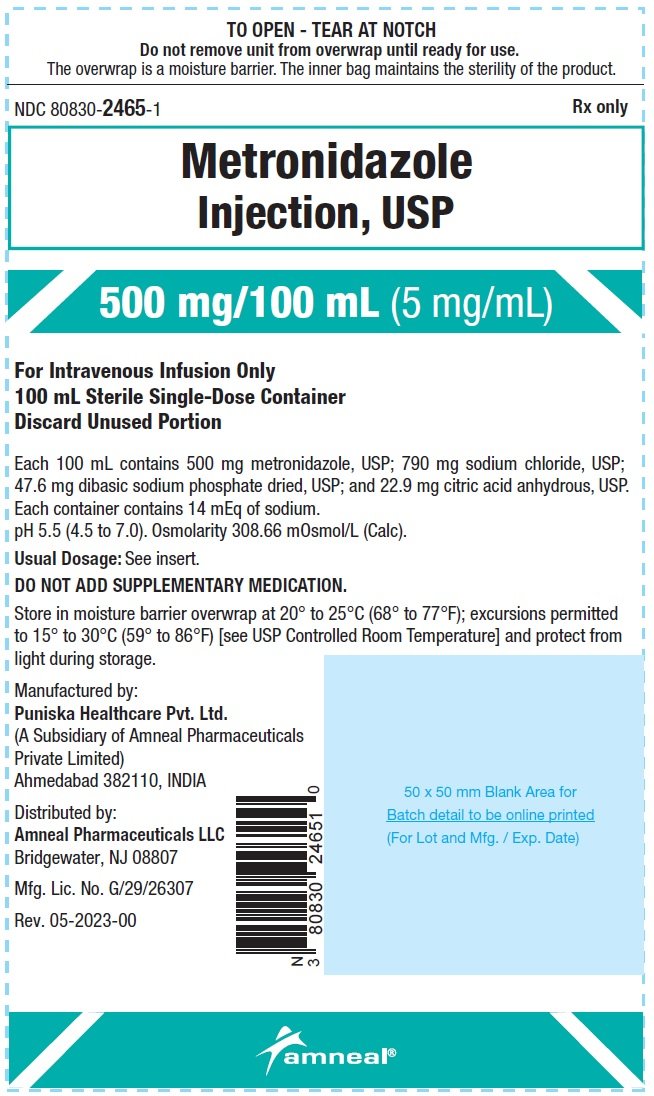For individuals dealing with pre-diabetes, the importance of weight loss cannot be overstated. Pre-diabetes is a condition where blood sugar levels are higher than normal but not yet high enough to be classified as diabetes. This condition often serves as a wake-up call, signaling the body’s struggle to manage blood glucose levels effectively. The good news is that with appropriate lifestyle changes, including weight loss, it’s possible to reverse pre-diabetes and prevent the onset of type 2 diabetes.
Understanding Pre-Diabetes
Pre-diabetes, also known as impaired glucose tolerance, is a metabolic state intermediate between normal glucose homeostasis and diabetes. It is characterized by fasting plasma glucose levels that are higher than normal but below the diagnostic threshold for diabetes. According to the Centers for Disease Control and Prevention (CDC), more than 88 million adults in the United States have pre-diabetes, and the vast majority of them are unaware of their condition.
The Role of Weight Loss
Weight loss is pivotal in managing pre-diabetes. Being overweight or obese is one of the primary risk factors for developing pre-diabetes and type 2 diabetes. Excess weight, particularly visceral fat (fat around the abdomen), makes the body more resistant to insulin, a hormone produced by the pancreas that regulates blood sugar levels. When the body becomes insulin resistant, it struggles to keep blood sugar levels under control, leading to elevated blood glucose levels.
Benefits of Losing Weight
Losing weight, even a modest amount, can significantly lower the risk of developing type 2 diabetes. Studies have shown that a weight loss of 5-10% of initial body weight can:
- Improve Insulin Sensitivity: Reduce insulin resistance by making the body’s cells more responsive to insulin.
- Lower Blood Sugar Levels: Help manage blood glucose levels, moving them closer to the normal range.
- Reduce Blood Pressure: Lower blood pressure, which is often elevated in individuals with pre-diabetes.
- Improve Lipid Profiles: Enhance cholesterol and triglyceride levels, reducing the risk of heart disease.
- Enhance Overall Health: Lead to improved physical function, reduced risk of other chronic diseases, and an overall better quality of life.
Strategies for Weight Loss with Pre-Diabetes
Implementing a weight loss plan with pre-diabetes requires a comprehensive approach that incorporates dietary changes, increased physical activity, and behavioral modifications.
Dietary Changes
- Focus on Whole Foods: Prioritize whole, unprocessed foods like vegetables, fruits, whole grains, lean proteins, and healthy fats.
- Choose Low Glycemic Index Foods: Foods with a low glycemic index (GI) are digested more slowly, causing a slower and smaller rise in blood sugar levels.
- Portion Control: Eat smaller, more frequent meals to maintain stable energy levels and reduce the load on the pancreas.
- Hydration: Drink plenty of water and limit sugary drinks.
Physical Activity
- Aim for 150 Minutes: Engage in at least 150 minutes of moderate-intensity aerobic exercise, or 75 minutes of vigorous-intensity aerobic exercise, or a combination of both, per week.
- Include Strength Training: Incorporate muscle-strengthening activities at least twice a week to build muscle mass, further improving insulin sensitivity.
- Increase Daily Movement: Aim for 10,000 steps per day and reduce sedentary behaviors to enhance insulin sensitivity and overall metabolic health.
Behavioral Modifications
- Stress Management: Practice stress-reducing techniques such as meditation, yoga, or deep breathing exercises, as chronic stress can elevate blood sugar levels.
- Sleep Hygiene: Ensure adequate sleep (7-8 hours for most adults) to support weight regulation and metabolic health.
- Monitoring Progress: Regularly track weight, blood sugar levels, and physical activity to stay motivated and make adjustments as needed.
Overcoming Challenges
Losing weight and managing pre-diabetes can be challenging, but setting realistic goals, seeking support from healthcare professionals, family, and friends, and focusing on progressive, sustainable lifestyle changes can help overcome these challenges.
Conclusion
Weight loss is a critical component of pre-diabetes management, offering a pathway to improve insulin sensitivity, lower blood sugar levels, and prevent the progression to type 2 diabetes. By adopting a holistic approach that includes dietary adjustments, increased physical activity, and lifestyle modifications, individuals with pre-diabetes can achieve significant weight loss and dramatically reduce their risk of developing diabetes and other related health complications.
What is the ideal weight loss goal for someone with pre-diabetes?
+Aiming for a weight loss of 5-10% of initial body weight can significantly improve insulin sensitivity and lower the risk of developing type 2 diabetes. For example, if you weigh 200 pounds, losing 10-20 pounds can make a substantial difference.
How quickly can I expect to see improvements in my blood sugar levels after starting a weight loss program?
+Improvements in blood sugar levels can be observed within a few weeks to a few months after initiating a weight loss program, depending on the extent of weight loss, dietary changes, and increase in physical activity. Regular monitoring of blood glucose levels can help track progress.
Are there any specific exercises that are recommended for individuals with pre-diabetes?
+Aerobic exercises such as brisk walking, cycling, and swimming are highly recommended. Additionally, incorporating strength training exercises at least twice a week can help build muscle mass and further improve insulin sensitivity.



